Hospital transfer compromises outcomes, and Target: Stroke proves its value

Two recent nationwide database analyses have yielded interesting insights for the management of patients with acute ischemic stroke. One showed that hospital transfer is associated with poorer outcomes, while the other demonstrated that stroke care since the launch of the “Target: Stroke” quality initiative by the American Heart Association has been associated with faster thrombolytic treatment and slightly lower one-year readmission rates.
Cleveland Clinic is a non-profit academic medical center. Advertising on our site helps support our mission. We do not endorse non-Cleveland Clinic products or services. Policy
The studies, both of which were led by Cleveland Clinic researchers, are briefly profiled below.
The first study, published by Cleveland Clinic investigators in the Journal of Stroke and Cerebrovascular Diseases (29[12] 2020 Dec:105331), compared outcomes among Medicare beneficiaries with ischemic stroke according to whether they were transferred to another hospital or directly admitted from a hospital emergency department (ED).
“This study aimed to examine patterns of interhospital transfer for ischemic stroke, with the goal of further optimizing our nation’s stroke system of care,” says senior author Ken Uchino, MD, a stroke neurologist and Head of Research and Education in Cleveland Clinic’s Cerebrovascular Center. “We found significant disparity of stroke care across the United States, in terms of both hospital capability and outcomes.”
Study design and findings.The analysis focused on Medicare fee-for-service beneficiaries aged 65 or older hospitalized during 2012 who had a primary discharge diagnosis of ischemic stroke. Among 312,367 admissions, 5.7% of patients underwent interhospital transfer. This threshold was used to classify hospitals according to their stroke patient transfer status, as follows:
Receiving hospitals tended to be significantly larger (by median bed number), more likely to be a certified stroke center and less likely to be located in a rural area.
The study yielded the following main findings:
The researchers concluded that Medicare beneficiaries with ischemic stroke who are transferred to another hospital tend to have worse outcomes than those directly admitted from a hospital ED. “It’s possible that the differences in outcomes can be attributed to sicker patients being transferred,” says Dr. Uchino. “But this analysis highlights the need to improve standardized stroke care to address treatment gaps between our nation’s hospitals.”
The second study, published in Circulation: Cardiovascular Quality and Outcomes (2020 Dec; 13[12]:e007150), analyzed records from two linked databases — the Get With The Guidelines–Stroke national registry for stroke quality improvement and the Medicare fee-for-service claims database. Its aim was to assess the impact of the 2010 launch of Target: Stroke, a national quality initiative of the American Heart Association, on thrombolytic treatment time and outcomes at one year.
“This is the first study to evaluate long-term outcomes with Target: Stroke,” notes Shumei Man, MD, PhD, Medical Director of the Thrombectomy-Capable Stroke Center at Cleveland Clinic Fairview Hospital and first author on the study’s multicenter author team.
Study design and findings. The analysis identified 42,053 Medicare beneficiaries aged 65 or older who received intravenous thrombolytic therapy within 4.5 hours of symptom onset from Get With The Guidelines–Stroke participating hospitals from January 2006 through December 2014. Pre- and post-intervention cohorts (n = 10,804 and 31,249, respectively) were defined as receiving treatment either before or after January 2010, when Target: Stroke was initiated.
Study findings included the following differences between the pre- and post-intervention groups:
“We found substantial shortening of treatment time with thrombolytic therapy with the advent of Target: Stroke,” observes Dr. Man. “This was accompanied by modest improvements in clinical outcomes — specifically in all-cause and cardiovascular readmissions — at one year. These results support more intensive and widespread implementation of the strategies provided by the Target: Stroke quality initiative.”
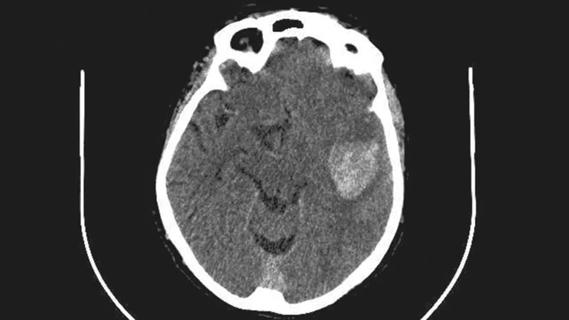
ENRICH trial marks a likely new era in ICH management
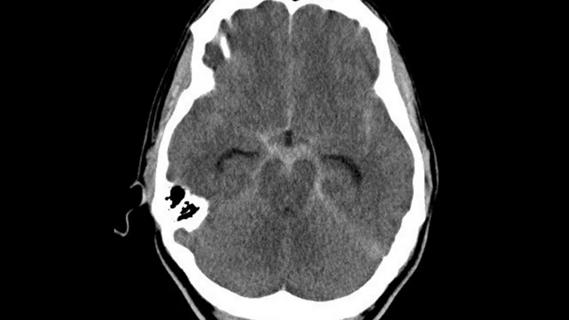
Digital subtraction angiography remains central to assessment of ‘benign’ PMSAH

Higher complete reperfusion rate seen with tenecteplase vs. alteplase in single-center study of stroke with LVO

Times to target blood pressure, CT and medication administration shorter than with EMS transport
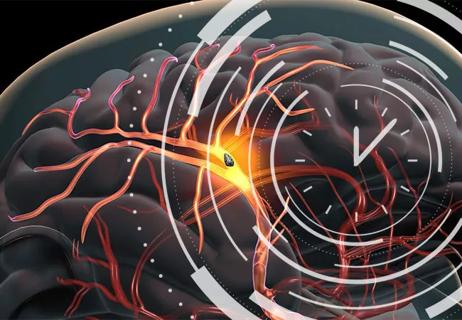
Target: Stroke yields more frequent and faster thrombolysis, but disparities remain for non-white population

Vigilant MRI evaluation needed for prompt care of potentially reversible inflammation, study finds
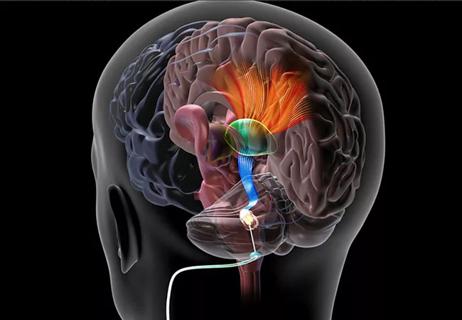
First-in-human trial demonstrates safety, encouraging functional response in chronic phases of recovery
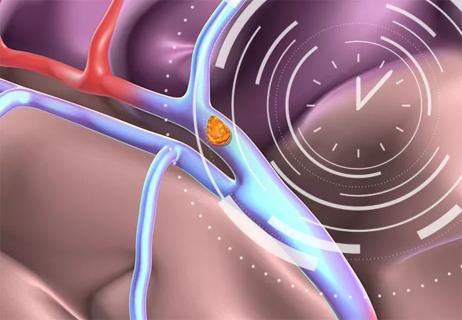
IV thrombolysis should not be delayed because of planned thrombectomy